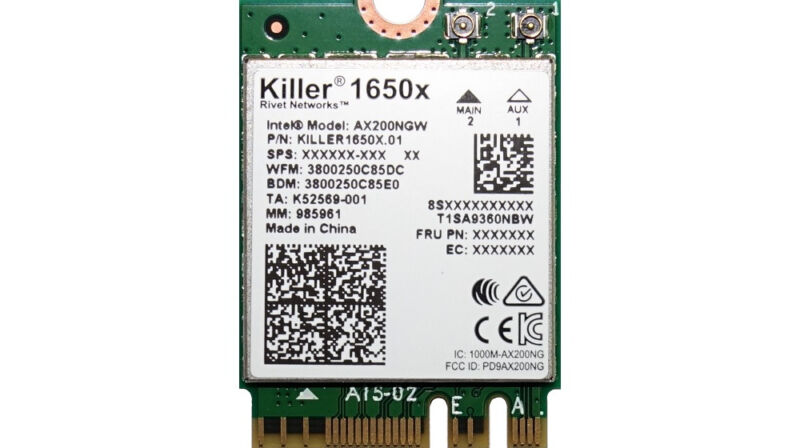Network effects are the mutual reinforcement of increasing supply (more car drivers, apartments for rent or products for sale) and demand (people ordering lifts, people renting a room or buying a home). They tend to start at a slow pace and then accelerate once a critical mass is reached. Driver Diagrams The driver diagram is an indispensable tool for mapping out the theory of change. Applicable in many contexts, a driver diagram visually illustrates the structures, processes, and norms believed to require change in the system, and the specific change ideas that are anticipated will lead to improvement.
Definition
Implementation Drivers are key components of capacity and infrastructure that influence a program’s success. They are the core components needed to initiate and support classroom, building, and district level change.
This overview of the Implementation Drivers is designed to help you think about developing and sustaining the infrastructure you need to improve and sustain new instructional practices and behavior supports so that academic and behavioral outcomes improve.
Implementation Drivers are the components of infrastructure needed to develop, improve and sustain the ability of teachers and staff to implement an innovation as intended as well as create an enabling context for the new ways of work. In short, Drivers are the common features of successful supports needed to make full and effective use of innovations that will benefit students and their families.
There are 3 categories of Implementation Drivers:
- Competency Drivers–mechanisms to develop, improve and sustain one’s ability to implement an innovation as intended in order to benefit students.
- Organization Drivers–mechanisms to create and sustain hospitable organizational and system environments for effective educational services – that ‘enabling context’ we talked about earlier.
- Leadership Drivers– focus on providing the right leadership strategies for different types of leadership challenges. These leadership challenges often emerge as part of the change management process needed to make decisions, provide guidance, and support organization functioning.
Implementation Drivers represent the infrastructure needed to make use of effective and well-defined innovations.
It is important to start with the end in mind. If we look at the active implementation formula (see below), positive outcomes for students represent the “why” in the equation. It is why we want to improve instructional practices and behavioral supports. The “what” in the equation is an effective innovation. We need to know “what” it is we’re going to be implementing so that we can create the infrastructure supports to ensure the innovation is in place, being used as intended, and producing outcomes.
Active Implementation Formula
How will this be done? The implementation infrastructure is the “how” and the next component of our equation. Download htcltd driver. Competency, Organization, and Leadership Drivers are in service to Fidelity to achieve improved outcomes.
In the next sections we will focus on the 3 types of Drivers and their ties to Fidelity. J.bouchat - catrain modules port devices driver download free. We will consider them through an active implementation lens. An active implementation lens helps us focus on best practices for these components based on the best research and evaluation evidence from Implementation Science.
Driver Activities

Drivers linkline laptops & desktops. Activity 1.0
A Tale of Two Local Education Agencies
See the implementation drivers in action for the use of literacy practices! Through this brief interactive session, you will learn about two Local Education Agencies’ use of the implementation drivers in the context of the student reading outcomes they are achieving.
View A Tale of Two Local Education Agencies
Activity 2.0
SWIFT Unscripted Podcast - Implementation Drivers as the Engine for Change
SWIFT Unscripted (with Dr. Jessica Meisenheimer) invited Dr. Caryn Ward for an insightful interview on Implementation Drivers. After listening to the interview, discuss with your team members how implementation drivers relate to your system and identify general areas of need to support systems change.
Listen to SWIFT Unscripted Podcast
This section provides some basic information to help you start writing an NDIS intermediate driver. To write an NDIS intermediate driver, you must understand the NDIS miniport driver and protocol driver operations and functions.
Drivers Innovative Concepts Network & Wireless Cards -

Drivers Innovative Concepts Network & Wireless Cards Login
The MUX intermediate driver sample in the Microsoft Windows Driver Kit (WDK) provides a basic example of an n-to-one MUX intermediate driver that you can adapt to your specific needs.
The virtual miniport of an NDIS intermediate driver must be deserialized. Deserialized drivers serialize the operation of their own MiniportXxx functions and queue internally all incoming send network data instead of relying on NDIS to perform these operations. This action results in significantly better full-duplex performance, if the driver's critical sections (code that can be executed by only one thread at a time) are kept small. For more information about deserialized drivers, see Deserialized NDIS Miniport Drivers.
An NDIS intermediate driver can support only connectionless communication at its virtual miniport. At its protocol interface, however, an NDIS intermediate driver can support either connectionless communication or connection-oriented communication. For more information about connection-oriented communication, see Connection-Oriented NDIS.
An intermediate driver is typically layered above one or more NDIS miniport drivers and below a transport driver. Intermediate drivers can also be layered with other intermediate drivers.

The following topics provide additional information about writing NDIS intermediate drivers:
